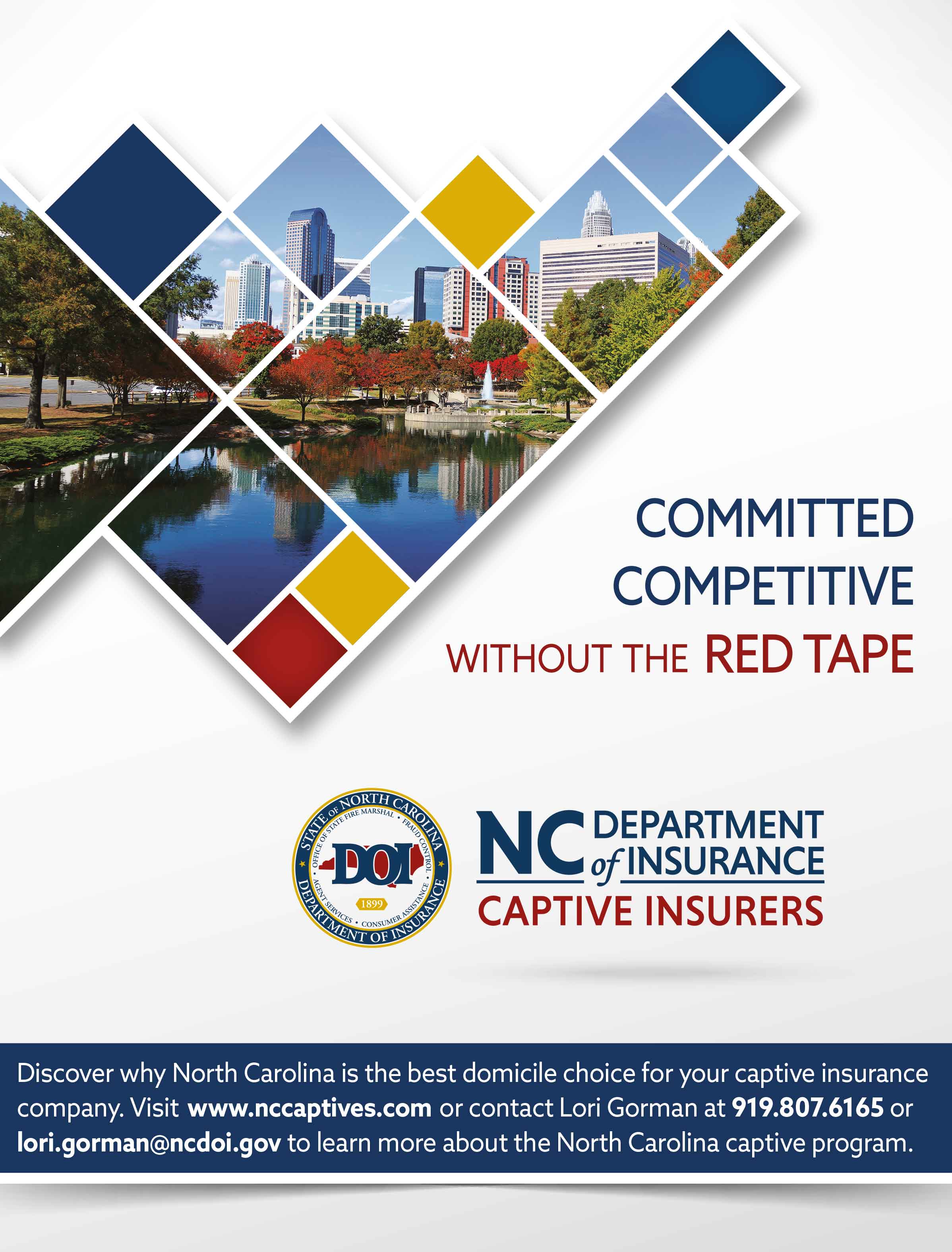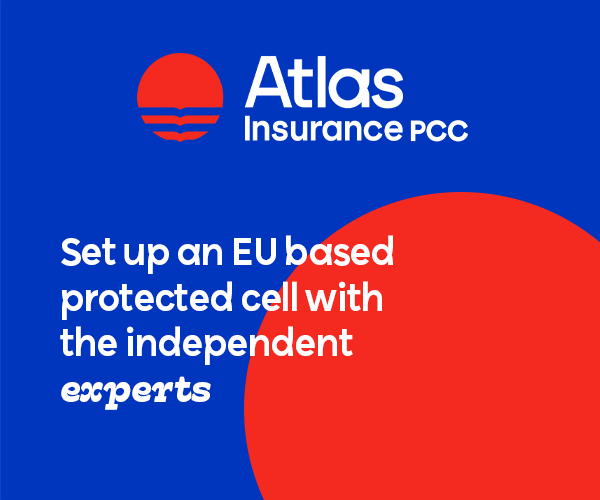Single parent captives have had a long-standing history in providing risk solutions for Fortune 1000 and Global 500 organisations.
Single parent captives have had a long-standing history in providing risk solutions for Fortune 1000 and Global 500 organisations. While group captives have been in existence for several years, participation by small- and medium-sized employers (SMEs) has been on a very limited basis.
As the concept of a captive has become more mainstream as a risk management tool, SMEs are seeking greater participation.
As a result, for the past three years, growth in group captives has exceeded the formation of single parent captives, aside from 831(b)s. It is estimated that currently only 3 percent of the SME market participates in a captive insurance solution.
A brief history
Several group captives have been formed in the Cayman Islands, dating back to the 1980s. By pooling assets and sharing risks in a group captive, the captive provides the coverage required by its members. Typically, the structure of a group captive also allows for members to deduct premiums for tax purposes by providing risk distribution and risk transfer. This structure also provides members with access to the reinsurance markets for transferring certain risks, typically at a lower cost than in the traditional insurance market.
Member equity group captives (MEGs) differ from other group captives in that they provide for member assessments for frequency losses, risk sharing for severity losses, sharing of expenses, and individual equity statements for the members.
Each member is both an owner, with the ability to appoint one representative member to the captive’s board and/or steering committee, and an insured.
Member premiums are allocated to fund their frequency and severity layers as well as fixed costs.
According to the premium formula, the maximum amount of premiums that a member could pay in a policy year is typically:
Market overview
Typical members of a group captive are best-in-class middle-market companies from the construction, food and beverage, hospitality, manufacturing, real estate, retail and wholesale, service, and transportation industries.
As of 31 March 2014, there were 128 group captives domiciled in Cayman with approximately $1.7 billion of premiums and $5.3 billion of assets.
Although the Cayman Islands Monetary Authority does not make public the number of MEG captives, it is estimated to be in the range of 35 to 45 captives (out of the total number of 128 group captives).
Marsh Management Services Cayman has experienced growth in the number of MEG captives under management, having recently been involved in the formation of Heavy Highway Insurance Solutions for road pavers, and RightPath Insurance for SME employers to insure their medical stop-loss exposures. We have also seen organic growth in the number of members in existing MEG captives.
Ideal SMEs for participation in a MEG captive:
Advantages of participating in a MEG captive
Group captives provide several advantages:
The quest for growth
MEG captives vary in membership size, ranging from fewer than 10 to some exceeding 100 members. The obvious benefit of increasing a group captive’s membership is to reduce the individual member’s fixed costs as the captive secures greater negotiating leverage based upon the premium volume with its fronting insurer.
Each state where the member insureds have operations for statutory insurance, such as workers’ compensation and automobile liability, requires a licence that can be provided by the fronting insurer.
It is also customary for the fronting insurer to provide excess insurance above the captive’s retention, and in some instances, aggregate stop-loss insurance. Often, the captive is able to select an independent claims adjusting firm (referred to as ‘unbundling’) instead of relying on the fronting insurer’s in-house claims services.
The ability to unbundle provides the membership with greater control over the claims handling process and usually gives the member insured more control over the selection of counsel.
Active participation is key to the MEG’s success and a soft benefit of increasing the membership size of the captive is the diversity of ideas and the opportunity for more members to become involved. Most MEG captives have the following operating committees (with some of their respective responsibilities):
Executive committee: usually comprised of the chair from each of the other committees. It calls to order the board and shareholders’ meetings.
Depending on the membership and size of the group captives, other committees, such as nominating committees and travel committees, may be formed.
While growth can have its advantages, growth for the sake of growth can bring uncertainty as well as the membership becoming less ‘collegiate’.
Although the acceptance of a new member is made upon the quality of the prospective member’s risk profile, financial condition, management and references, there remains the uncertainty of how the new member may impact the overall loss experience of the group captive.
If the MEG were to grow too fast to manage this risk, then there is a possibility that the overall group’s loss experience could be negatively affected, which may result in the opposite objective of reducing the individual member’s fixed costs.
Prior to joining a MEG captive, the prospective member should undertake its own due diligence by getting to know the members who they intend to share their insurance risk with. When losses occur, membership loss distributions and member assessments are possible .
Furthermore, the prospective member should thoroughly review the memorandum of association and articles as well as the company’s by-laws. While joining a MEG captive can provide multiple benefits, knowing the protocols for an exit strategy is of equal importance.
Ensuring that the MEG captive has a process in place for closing out old years that may have either a tail fund or a formalised commutation process can have immeasurable benefits for an existing member, which will seek a return of its collateral. The return of collateral usually occurs over a prescribed number of years to ensure the exiting member’s claims have fully matured.
MEG captives provide SMEs with the opportunity to participate in a captive. When compared with a single parent captive, MEGs provide the additional benefit of mitigating loss volatility due to the larger number of participants in the group captive.
As the concept of a captive continues to become a more widely accepted insurance solution for SMEs, Marsh Management Services Cayman believes that Cayman will see many new formations of MEG captives reflecting broker portfolios, association participation on both a regional and national membership basis, and for SMEs simply seeking a captive solution.





